10 Strategies To Make Learning Feel More Like A Game
From using levels and and progress bars to badges and rewards, here are ten strategies to make learning feel more like a game.
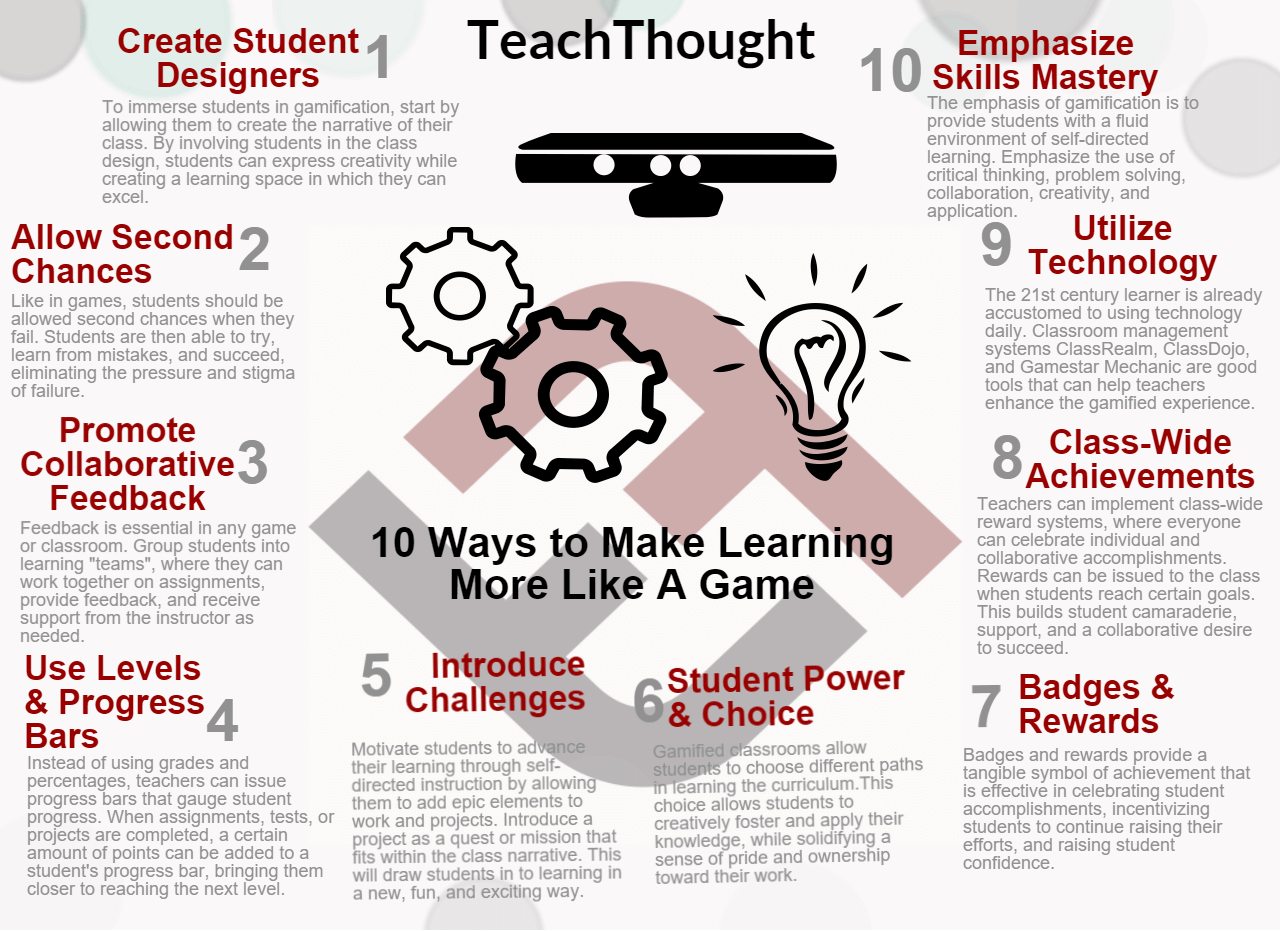
From using levels and and progress bars to badges and rewards, here are ten strategies to make learning feel more like a game.
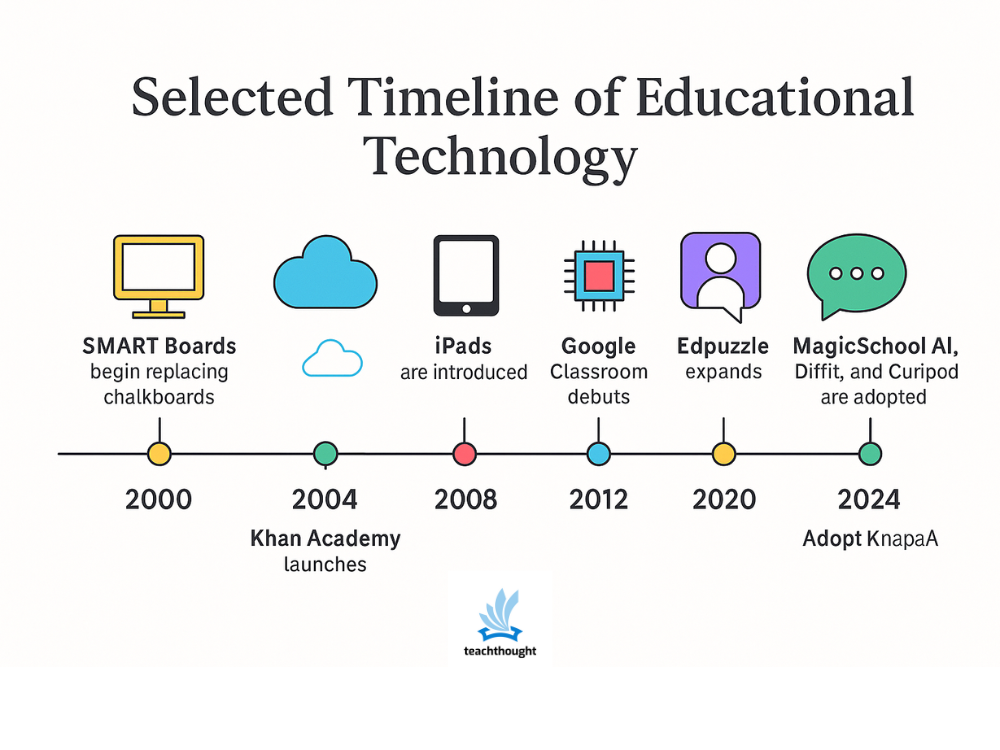
Sometimes it’s fun to see how very wrong I can be.

Gamify your classroom with challenges, feedback, levels, creativity, and rewards to motivate students to learn, and master concepts.
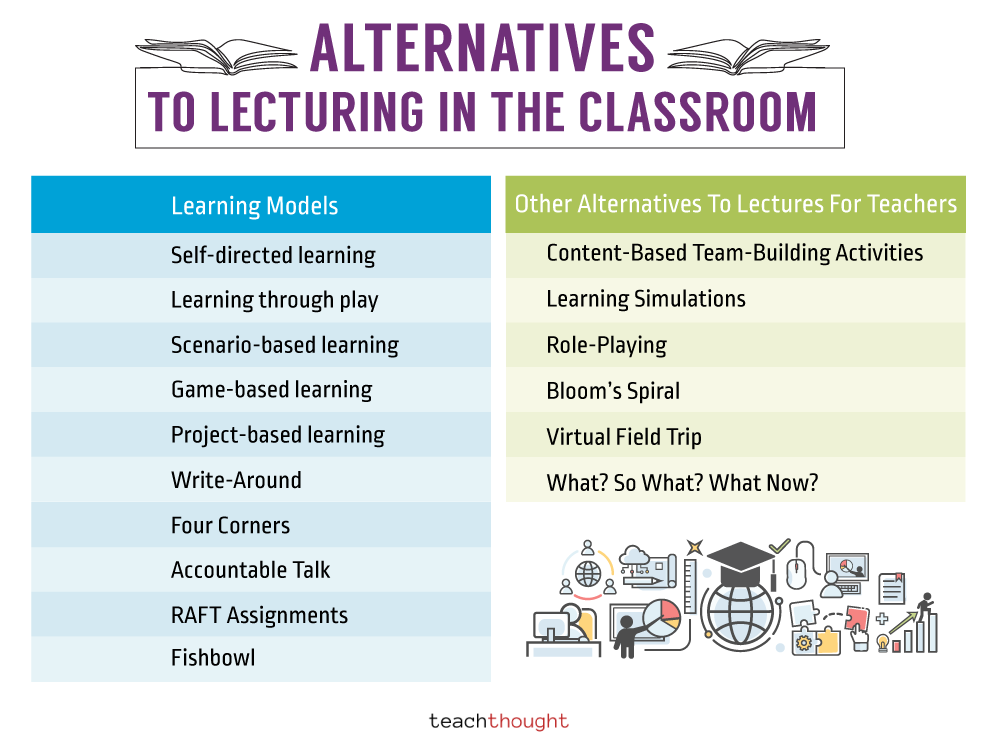
From Accountable Talk to interactive RAFT Assignments, podcasting to debate, there are countless alternatives to lecturing.

Gamified instruction uses the mechanics, engines, and underpinning strategies games use to encourage play to encourage learning.
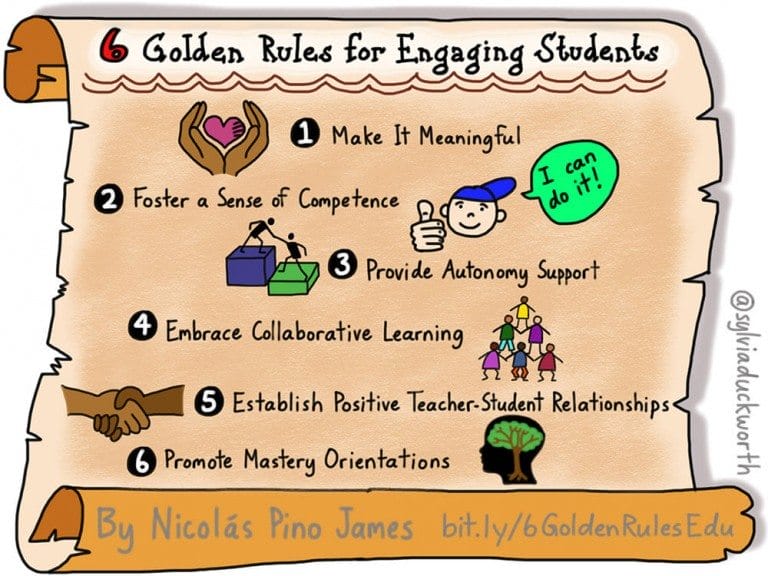
A good start toward engaging students is to meet the student on their own terms using ideas, evidence, and language credible to them.
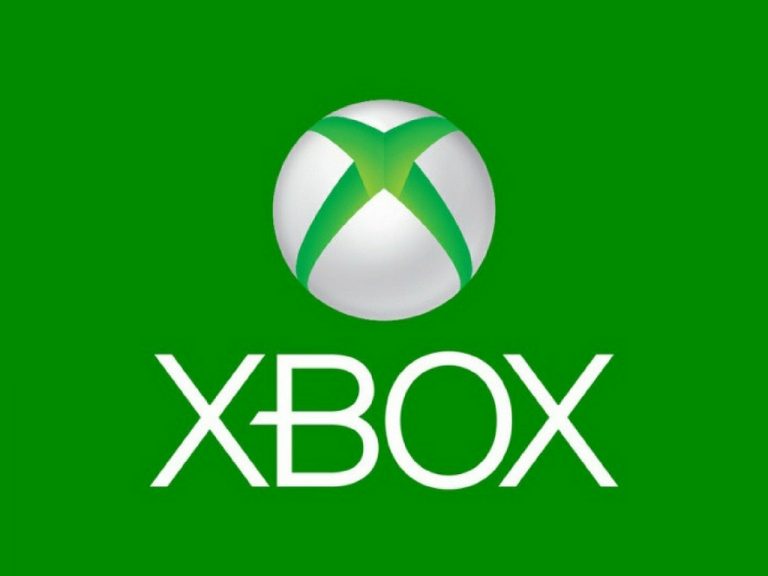
In short, a backwards-compatible game is a game from a previous version of a video game console that is also playable on later version.

There are new options for learning and the most innovative don’t have the word ‘school’ in them. As new options emerge, how should education respond?
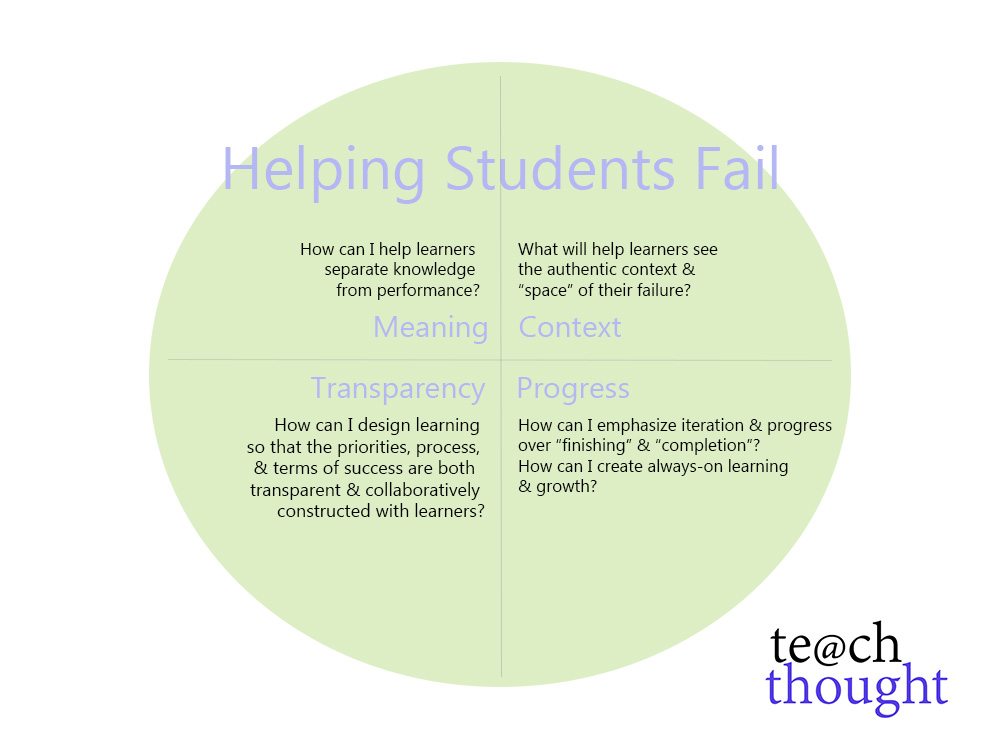
Helping students fail is about thinking like a scientist, farmer, designer, or CEO–failing gives the data needed to proceed.
Here, colleagues share their experiences with incorporating game-based learning into instruction and reflecting upon the outcomes.
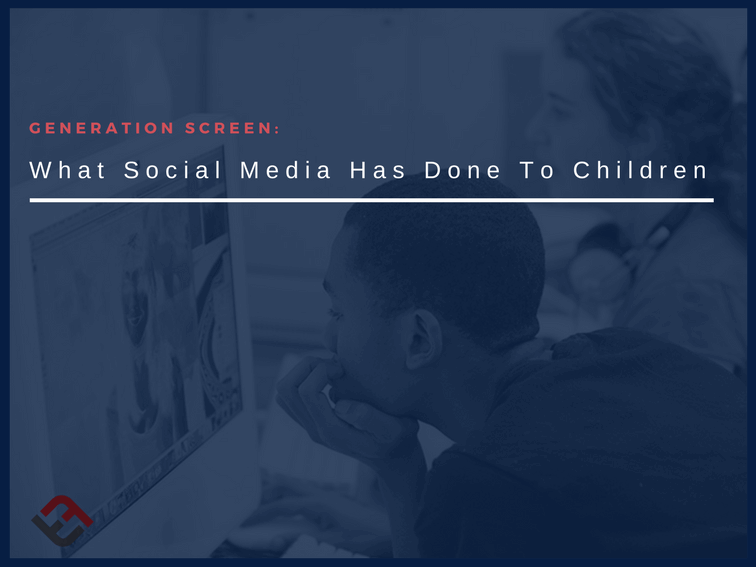
For some in ‘Generation Screen,’ things that are ‘viral’ can be seen as preferable to things that affect and endure.

Technologies influencing eLearning include social learning, video, adaptive algorithms, and microcourses and credentials.